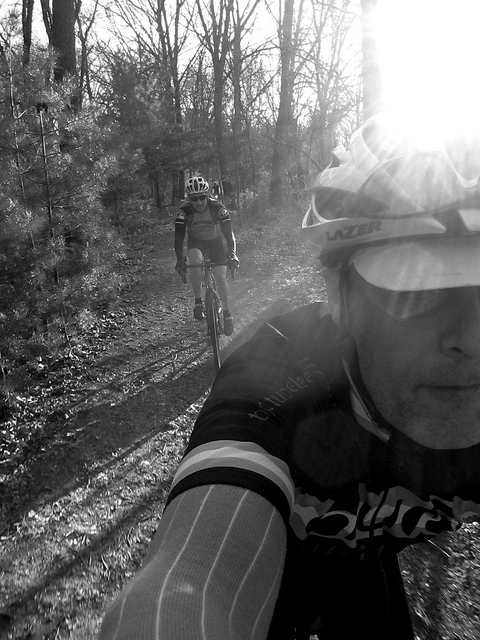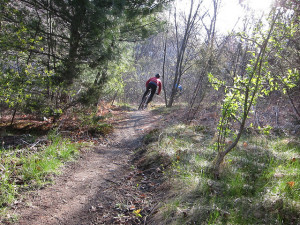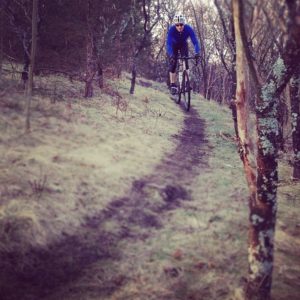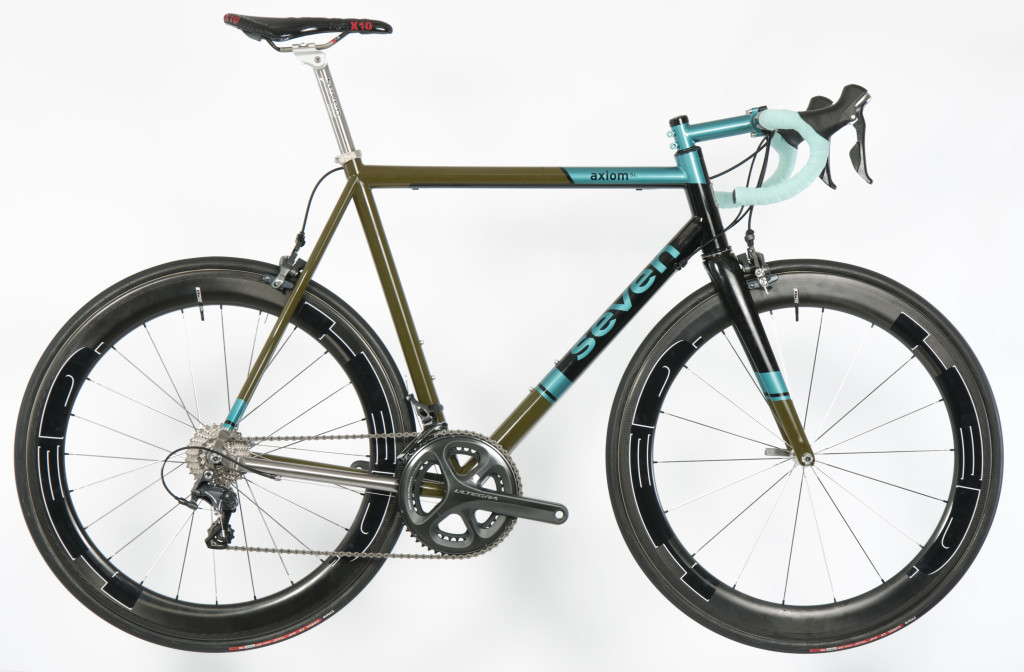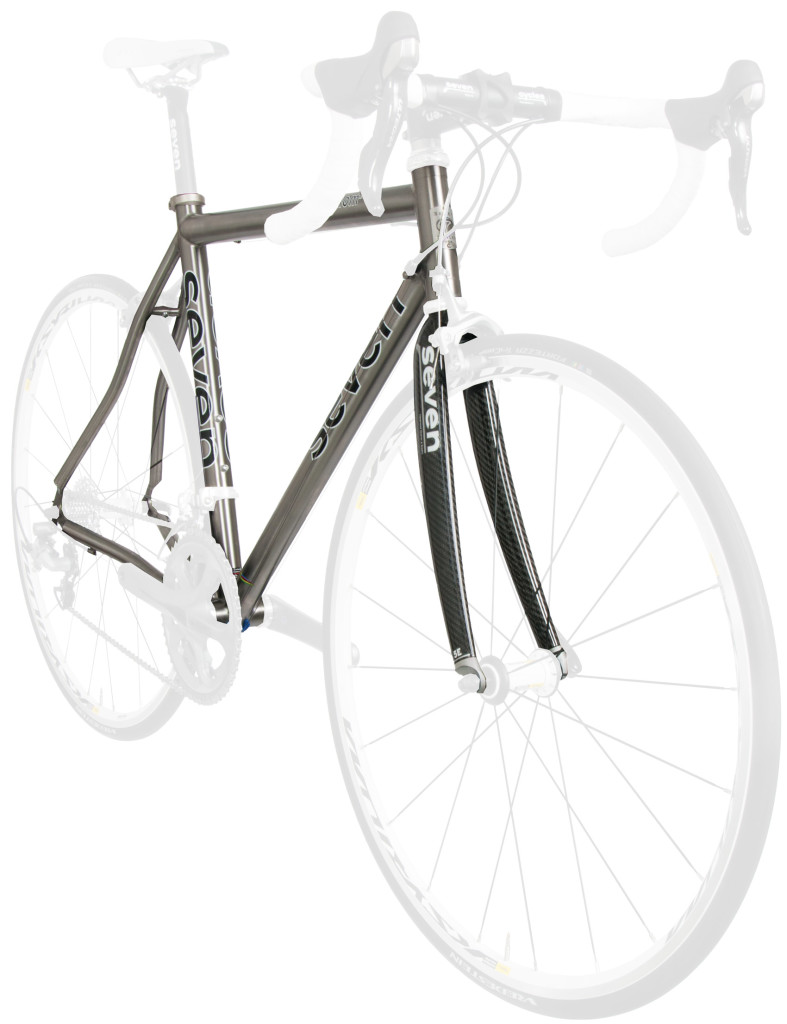
We had an email from a rider currently in the process of getting a Seven. He had questions. A lot of them. And chief among his concerns was how we could possibly design a lifetime bike for a rider who would, himself, change over time.
These are legitimate concerns, and we put a lot of time and energy into exactly these challenges. People’s bodies do change over time, for better and for worse, so when we propose a design, that design has to be as durable as the frame materials we use. It all has to last a lifetime. So what do we do?
For us, all the variables are within our control. Head tube length and angle. Seat tube angle. Head tube extension. Unlike stock bikes, which have fixed geometries and only get adapted to a rider with spacers and saddle placement and stem length, we are starting from the rider’s perfect position, with everything centered over the wheels and no adjustments necessary. So, we start with that advantage. Once we arrive at that position, and our partner shops are good at finding it, we design so that the bars can go lower as you get fitter and/or higher as you get older and less flexible. Building in that flexibility isn’t difficult, as long as you are starting from the right point.
All of which brings us to the very idea of comfort. When it comes to your comfort, you are the expert. You either feel good or you don’t, and no fitter should tell you that you are in the correct position if it doesn’t feel correct to you. A first custom bike can be something of an epiphany. We realize that we have always been adapting to bikes, sometimes in big ways, sometimes in small ways, so we are used to being uncomfortable.
The first spin on a custom bike you think, “Oh, wow. Everything is in the right place.”
We can’t stress enough that your comfort is something you feel, not something a fitter or bike designer can prescribe. That’s why your time with a fitter will be so important. The fitting gives us that good starting point, and our personal interview with you provides us the context to understand how flexible our design needs to be. We have built 30,000+ frames this way with excellent results. We know it requires a leap of faith on your side, but we have the data to suggest it’s not as long a leap as it appears.



